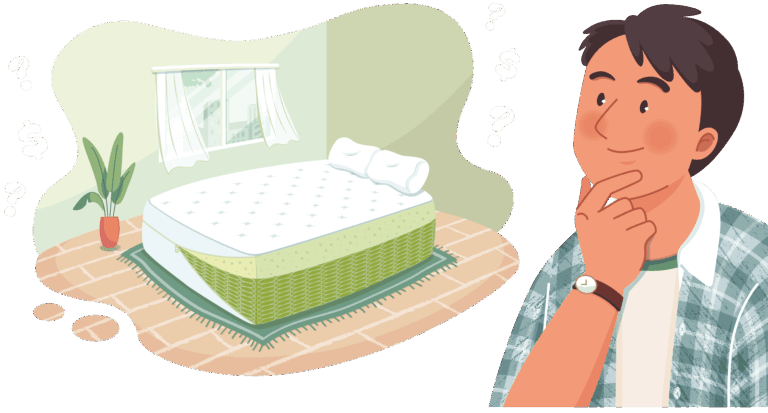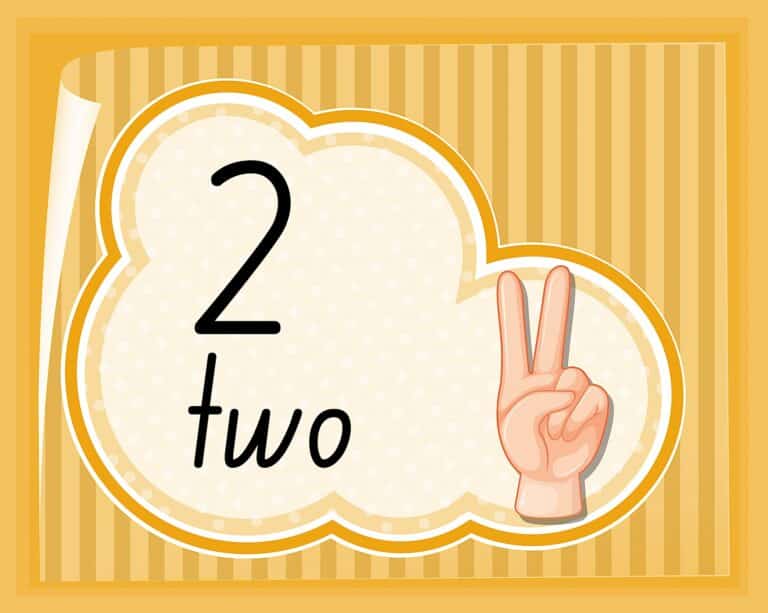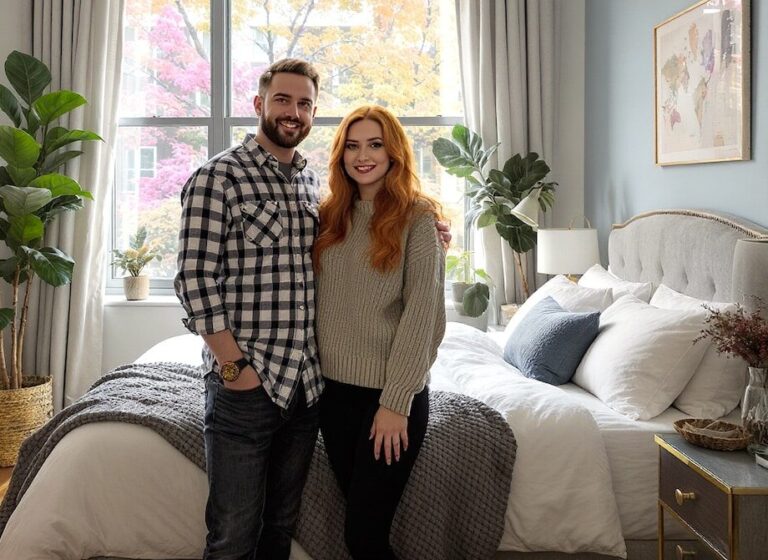DIY Zippered Mattress Covers: How to Choose The Best One for You
Support layers set the foundation.
Comfort layers set the feel.
The cover ties it all together.
Let’s walk through the zippered cover options that’ll turn your DIY project into a finished mattress you’ll love.
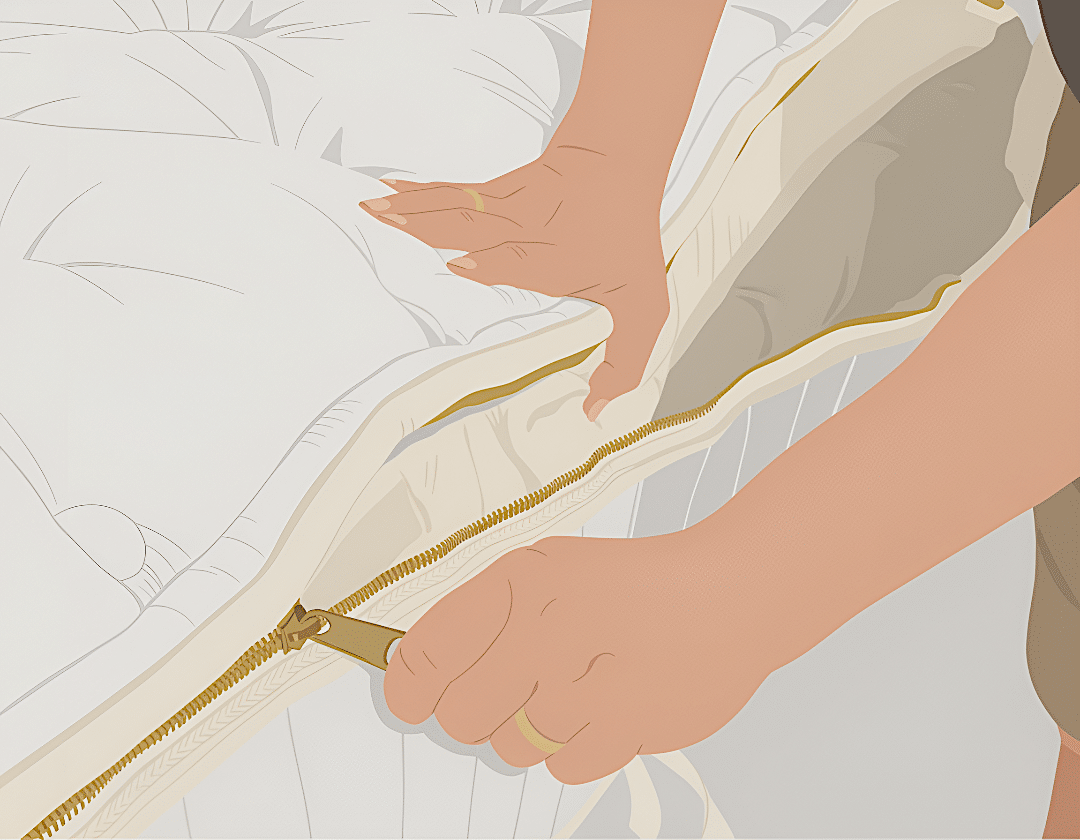
Last modified on:
Reading time: 11 minutes

Introduction
Ever wonder how a stack of foam and coils becomes a mattress?
The answer is the cover.
It shapes feel, adds durability, and makes your DIY build look polished and complete.
By now, you’ve tackled the fun parts: picking out your support layers (the sturdy foundation that keeps everything aligned) and your comfort layers (the cozy top that gives you that ‘ooh-ahhh’ feeling).
With those layers in place, it’s time to talk about the final touch of mattress building: the zippered cover (sometimes called ‘ticking’ by people who love old-timey words).
Your DIY zippered mattress cover does a lot of heavy lifting. It holds your layers together and affects how your mattress feels.
The right cover can make your mattress softer/firmer, cooler, cleaner, and easier to maintain.
The good news? You don’t have to agonize over this choice. Once you understand the basic types of covers and a few clever DIY tricks, you’ll be able to pick the one that makes the most sense for your build, without second-guessing yourself.
The Two Main Types of DIY Zippered Mattress Cover
When it comes to covers, you’ll mostly be choosing between two families: knit covers and quilted covers. Both will zip your mattress layers into one tidy package, but they bring very different personalities to the bed.
Knit Covers
Think of these as the yoga pants of mattress covers: soft, stretchy, and all about body contact. Knit covers are usually made from cotton or polyester blends with a lot of give, which means they let your comfort layers shine.
If you’ve chosen latex or memory foam for your comfort layers, a knit cover will help you experience every bit of pressure relief those materials can offer.


Quilted Covers
Picture your favorite cozy quilt, only with a zipper. Quilted covers add a thin padded layer (often fiberfill, foam, or wool) stitched into the fabric.
This makes them more structured than knit covers, and it shows up in the feel: a quilted cover will slightly firm up your mattress build. That’s not necessarily bad. Some DIYers actually love the added stability, especially if they feel their comfort layers may be a bit too soft.
➡️ Bottom line: If you want your comfort layers to do all the talking, go with a knit. If you’d like a little structure, firmness, or budget-friendliness, a quilted cover might be your best bet.
Cover Configurations:
More Than One Way to Zip It
Most people assume you just buy a DIY zippered mattress cover, stack all your layers inside, zip it up, and call it a day. And yeah, that actually works great.
But part of the fun of DIY mattresses is realizing you don’t have to do things the typical way. You’ve got options.
👉 The takeaway: there’s no single ‘right’ way to use a DIY zippered mattress cover. You can go simple & elegant or split things up for flexibility.
Pro Tips & DIY Hacks
One of the best things about DIY mattress building is that you get access to the collective wisdom of people who’ve been tinkering with this stuff for years. Here are a few tried-and-true tricks to make your DIY zippered mattress cover setup work even better.
Add a Firm Base Layer
Many DIYers like to slip a very firm ½-inch to 1-inch foam sheet (or coco coir mat) under the support layer to create a perfectly flat, sturdy foundation. Feel free to tuck it inside the cover or just set it underneath your finished mattress. It really doesn’t change the performance much either way. Do whatever’s easier.
Double Cover, Double Flexibility
Putting your support layers in one cover and your comfort layers in another doesn’t just keep things organized, it makes it way easier to swap or test out new layers without dismantling your whole bed. This is especially nice if you’re still experimenting to find your perfect ‘feel.’
The Coil Splay Fix
Some pocketed coil units occasionally like to spread out inside overly stretchy knit covers. A simple hack: grab a fitted jersey knit sheet (the bottom sheet from a regular bedding set) and pull it over your entire pocketed coil unit before stacking your comfort foams on top. The fitted sheet keeps the coils neatly corralled while still allowing each spring to flex independently.
Topper Covers Count Too
Some latex toppers (and even memory foam toppers) come with their own stretchy zip covers. Don’t feel like you have to strip those off. You can totally use them as-is on top of your mattress build, and just use a different zippered cover for the rest of your build. They don’t tend to move around much due to the fabric-on-fabric friction.
Here’s a discussion from DIYers who do exactly that.
👉 The DIY motto here: use whatever works. Covers aren’t precious or one-size-fits-all. They’re tools you can combine, swap, or even layer to get the performance you want.
Material Considerations
Not all DIY zippered mattress covers are created equal. Beyond knit vs quilted, you’ll notice differences in materials, breathability, washability, and finish. These don’t always change the feel of your mattress in a dramatic way, but they can definitely affect your comfort and convenience over time.
👉 The big takeaway: cover materials won’t make or break your build, but they can definitely make your DIY mattress feel more premium, easier to maintain, or better aligned with your values.
Practical Buying Advice
Once you know whether you’re leaning knit or quilted, here’s how to make sure you can click ‘buy’ with confidence.
Pick the Right Height
When in Doubt, Size Up (Usually)
Check the Zippers
Price Range
Consider Washability & Care
Extras That Matter to Some People
👉 Bottom line: don’t overthink it. Get the right size, pick the style that fits your comfort/support combo, and check for the extras that matter to you. Everything else is just bonus. WHERE TO BUY
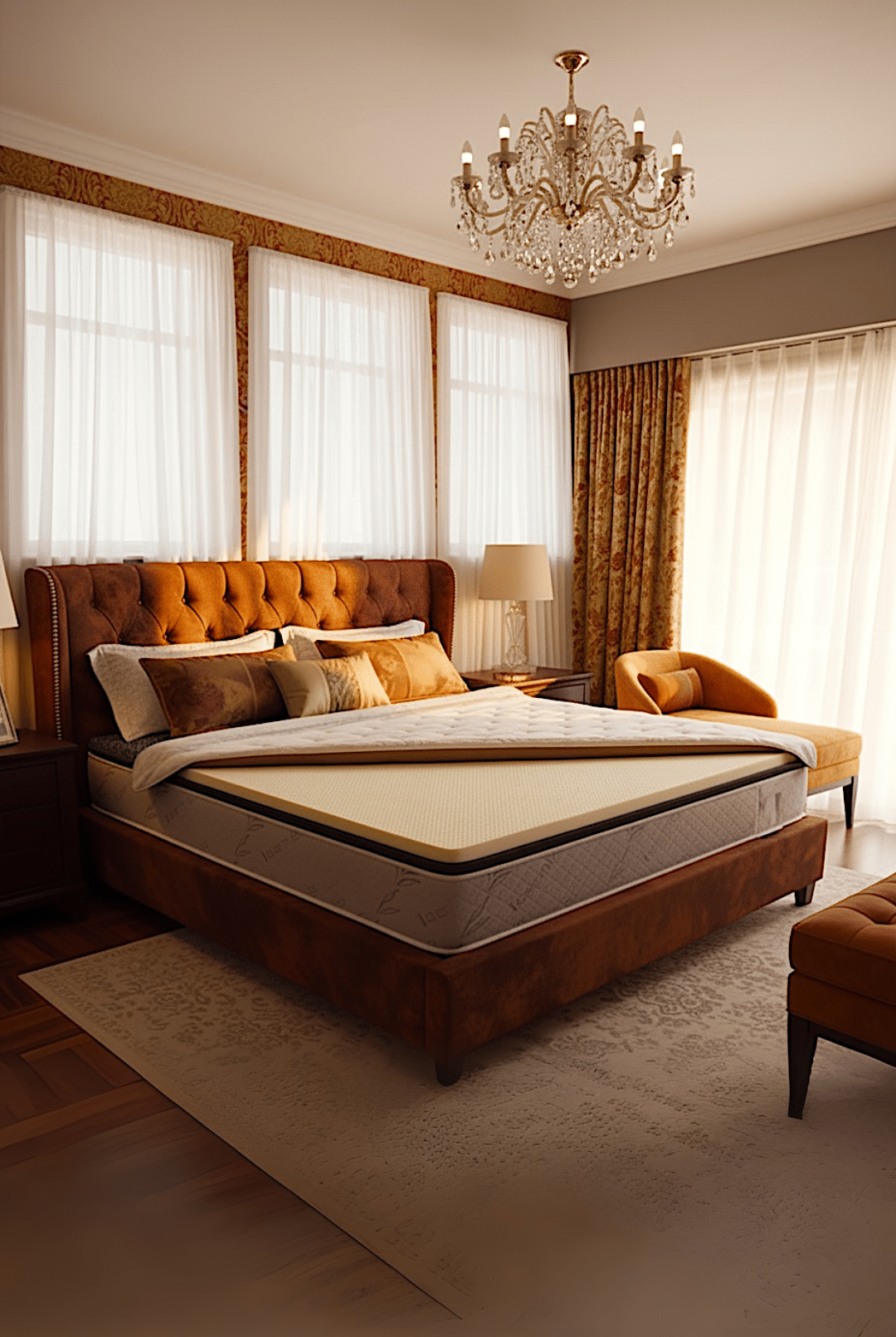
Wrapping It Up
Your zippered cover is the finishing touch that turns a stack of layers into a real, functional mattress.
Whether you go with a stretchy knit that lets every contour shine, a quilted option that adds structure and durability, or even a split-cover setup for maximum flexibility, the choice isn’t about ‘right or wrong.’ It’s about what works best for your build and your preferences.
Remember, DIY isn’t about chasing perfection. It’s about creating something that actually works for you. Covers can be swapped, layered, or upgraded down the road, so don’t stress too much about getting it ‘perfect’ the first time.
Together with your comfort and support layers, the cover ties the whole mattress together. Comfort shapes the feel, support defines the performance, and the cover keeps it all clean, secure, and ready for years of great sleep.
So zip it up, throw on your favorite sheets, and enjoy the fact that you’ve built a bed that’s better than anything you’d find in a showroom.
Where Can You Buy Zippered Mattress Covers?
We maintain a growing directory of DIY zippered mattress cover vendors. These are the same materials used by the factory-mattress manufacturers, but they all sell directly to consumers.
(And if you find a great source we missed, let us know!)
